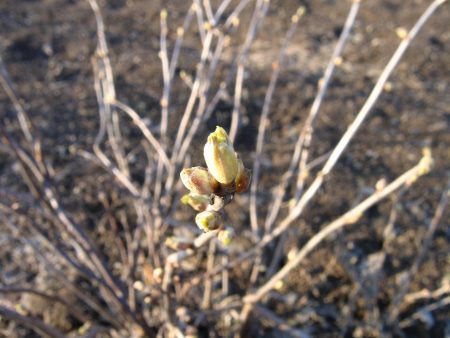
Currant yield and plant health are directly related to timely and high-quality spring processing. You can not hesitate with this procedure, since there are methods that are unacceptable after opening the kidneys.
Garden crops are treated to protect against infections and harmful insects that get out of hibernation even before the first leaves appear. This is beneficial for gardeners because they can use chemistry without fear of harming the young greenery.
Content
- 1 When is currant treated?
- 2 What diseases attack currants?
- 3 What is the treatment of currants from ailments?
- 4 Currant Pests
- 5 How to produce early treatment of currants from pests?
- 6 Currant treatment regimen with popular drugs
- 7 General rules for the treatment of currant bushes from infections and insects
When is currant treated?
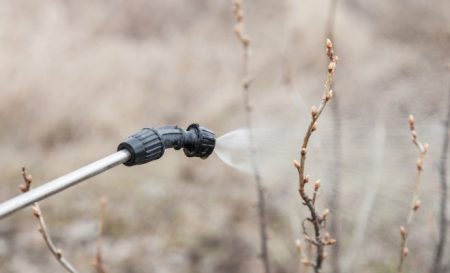
Many farmers believe that procedures carried out with bushes in March will protect them from infections and pests. But they are not quite right. In many regions, the first spring month is characterized by winter weather: the soil is covered with snow, frost is at night. In such conditions, it makes no sense to deal with currants. After all, while fungi and insects are under a reliable layer of snow, neither chemistry nor folk recipes act on them.
The timing of the spray is set taking into account the condition of the plants and weather conditions. If the snow has already melted, the ground is solid, and the kidneys have not opened, you can start processing.
What diseases attack currants?
At each Russian cottage, you can see 2 berry bushes - currants and gooseberries. There are not very many infections affecting these crops, but enough to annihilate the fruits or the bushes themselves from year to year. Most often found:
- sphere library;
- gray rot;
- Septoria;
- rust;
- reversion;
- striped mosaic;
- anthracnose.
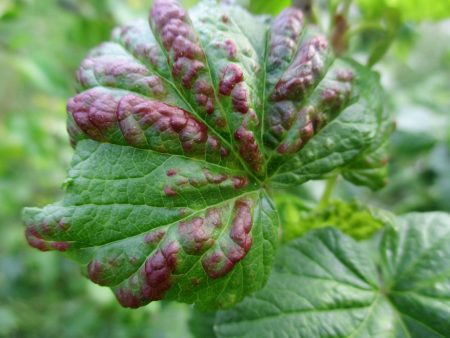
Before treatment, it is necessary to clearly diagnose the disease.
What is the treatment of currants from ailments?
The practice of pouring berry bushes with heavy chemicals to rid them of infection has gone down in history. Now in stores you can buy a gentle means. Most in demand:
- 3% solution of copper sulfate;
- 5% solution of iron sulfate;
- 1% solution of Bordeaux fluid;
- Topaz;
- urea;
- infusion of ash.
The last drug is prepared as follows: 100 g of the substance are insisted for three days, filtered, added 3 l. water.
Urea (urea) is used even before the growing season and not only kills pests and pathogens of infection, but also is a good top dressing.
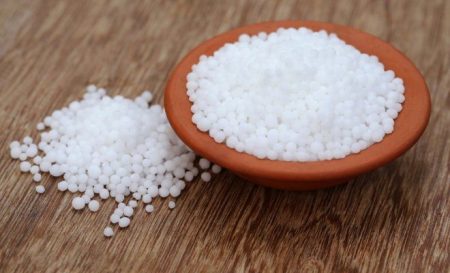
It is necessary to process currant bushes in several stages, especially if signs of diseases were observed in the last season, for example:
- After the snow has melted, fallen leaves are removed from under the bushes, the top layer of the earth is loosened, the bushes are sprayed with iron or copper sulfate.
- During the formation of the buds, the bushes are treated with 3% Bordeaux fluid.
- After harvesting, the bushes are sprayed with 1% Bordeaux fluid.
Currant Pests
Among insects, there are lovers of berry bushes. They feed on leaves, buds, roots, branches, and do not give the plant a chance to escape. However, if you closely monitor the culture, you can learn about them immediately.
Currants are often affected by:
- currant gall midge;
- sawfly;
- currant goldfish;
- currant aphids;
- glass;
- firebox;
- kidney moth;
- kidney tick.
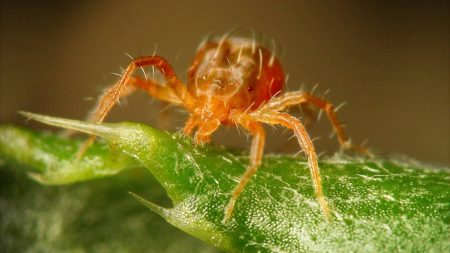
How to produce early treatment of currants from pests?
Preparations from bush eaters are chemical and folk (natural).The second option is suitable for prevention, but ineffective in case of severe infection of the culture. So fans of environmentally friendly products need to constantly carefully look at the bushes, not forgetting the pre-treatment.
Gardeners most often use:
- boiling water, which destroys the kidney tick with frozen ground and unopened kidneys;
- soapy water;
- infusions of tobacco, garlic, celandine, onion husks, dandelion, nightshade, which the bushes are treated 4-5 times a week from the opening of the buds to harvest;
- ammonia solution that protects the plant from aphids.
Currant treatment regimen with popular drugs
Copper sulphate
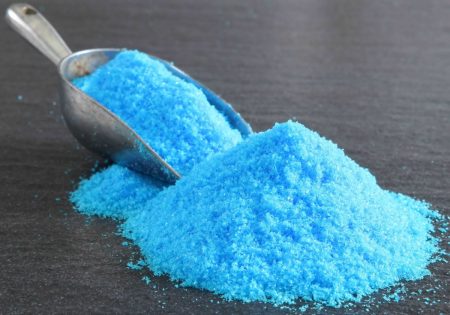
The product is used mainly against powdery mildew caused by ectoparasites. It is difficult to fight the disease, it is easier to prevent it. To do this, in early spring, before the buds open, you need to spray the bushes with a 3-5% solution of copper sulfate. They process each twig from two sides and the ground under the bushes.
Iron sulfate
The substance is effective against pests. Processing currants in the spring with a 1-3% solution also helps against anthracnose. The procedure is carried out 2 times with an interval of 30 minutes. This must be done before the appearance of flowers, or better - before the buds open. Bushes are sprayed in the afternoon, when it is dry and there is no wind.
Iron sulfate is not only a remedy for insects and diseases, but also a high-quality fertilizer that makes up for iron deficiency in plants.
Bordeaux liquid
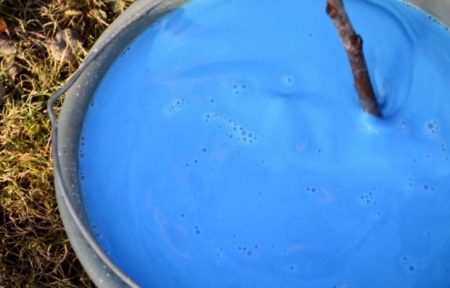
So that currants do not get anthracnose, rust and spotting use a 1% solution of the substance. Bordeaux liquid is an aqueous extract of quicklime with copper sulfate. Since pathogenic spores are found in the soil under the bushes, it is necessary to cultivate the land of the near-trunk circle, cleaning it of leaves and debris.
Urea
Experienced summer residents spray currant bushes with unblown leaves with a mixture of urea and copper sulfate. In 10 liters. water dissolve 700 mg. urea and 50-100 g of copper sulfate. With the help of this composition, the larvae and eggs of pests, fungal spores and pathogens of the scab are destroyed.
Such a mixture is a good nitrogenous root fertilizer. It is absorbed by swollen, but still unopened buds and bark of branches, after which the plant wakes up and the vegetative period begins. The taste of berries from processing improves.
If the treatment is done after the specified time, then the urea content is reduced by 10 times.
Boiling water
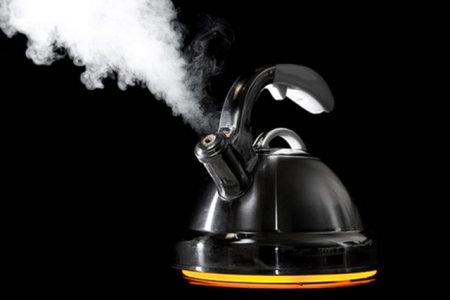
A strong and absolutely free method that has been used for decades. It is used in several ways:
- the destruction of aphids;
- stimulation of awakening and development of the bush;
- improvement of productivity and taste;
- increased immunity throughout the entire period of development;
- fight against powdery mildew;
- elimination of the currant tick living in kidneys.
Currant roots are carefully covered with boards, iron sheets, and other improvised burns. Access to the bushes is prepared in advance, since boiling water quickly cools, and then it is useless to use it.
The branches are connected with a rope or wire to spend less fluid. The bushes are watered with a metal watering can, since the plastic one is deformed from high temperature. The procedure requires a temperature of 70-80 degrees.
It is boiling water that is poured into the watering can, and there it already cools to the required temperature. To improve the result, a little salt, potassium permanganate or copper sulfate is added to the liquid. Watering is done at a fast pace.You can not skip a single branch and linger about each more than 5 seconds.
Watering the topsoil, where pests hibernate, you can not touch the roots of currant with boiling water, since the bush may die due to this.
Each plant should account for 5-6 liters of hot water. But it all depends on the parameters of the bush. Watering is carried out once, because with a repeated procedure, currants can be damaged.
Fire
At the end of February, before the snow melts, the sleeping bushes are decontaminated using a torch or blowtorch fire. The device is kept at a distance of 8-10 cm from the plant. At the same time, they do not linger in one place, spend only 2-3 times on each branch. It is a good remedy for aphids, ticks and other pests.
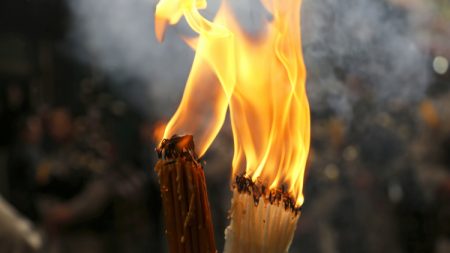
Infusions
For preventive purposes, use the following recipes:
- Tincture of garlic. Add 100 g of finely chopped garlic to a bucket of water, insist 20-25 hours. The bush is watered with a fresh solution.
- Infusion of peel of onion. 1.5 kg are soaked in a bucket of hot water. component, and after 2-3 days, filter. The solution is diluted in half with water and the berry bushes are sprayed 3 times with an interval of 5-7 days.
- Infusion of marigolds. 30-40 g of flowers are brewed in a bucket of boiling water. The cooled composition is treated with branches and soil under a bush.
- Soap solution. In 4 liters. water is placed 15 g. 72% laundry soap and process each bush to its full height.
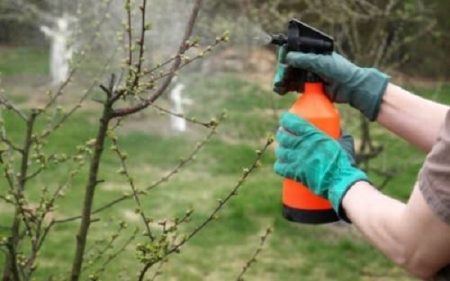
Ammonia
It is an effective remedy against aphids. The solution is prepared from 10 liters. water, 40 ml. ammonia and 40 g of soap. The last component is used for the sticking effect.
The drug treats both a diseased and a healthy culture as a preventive measure. For the greatest effect, the procedure is performed repeatedly. After it, the bush is not watered for several days.
General rules for the treatment of currant bushes from infections and insects
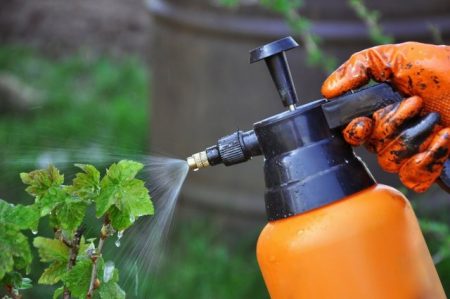
To destroy pests, and not to suffer themselves and not harm the plants, gardeners need to follow safety recommendations:
- On the eve of spraying, cut diseased branches from the bushes, remove fallen leaves under them, and loosen the soil.
- Be sure to spray the earth in the near-stem section (50-60 cm from the root system).
- Treat plants only in overalls: headgear, gloves, medical mask, bathrobe.
- Carry out procedures only in the morning or evening of a calm day, when weather forecasters do not promise precipitation in the next 2-3 days.
- Use selected chemicals according to the annotation.
- During spraying, remove children and pets from the area for 1-2 days.
- Do not store the remaining drugs, but dispose of according to instructions.
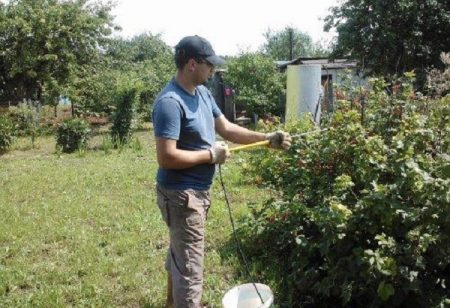
We must not forget that for recovery after wintering and the opening of buds, currants need several warm days. Therefore, you need to watch it as carefully as possible so as not to delay the processing time.

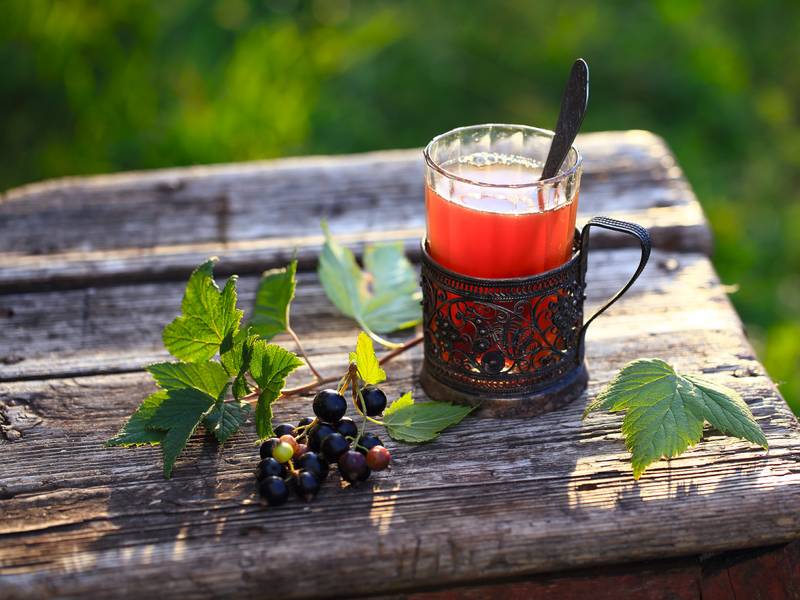
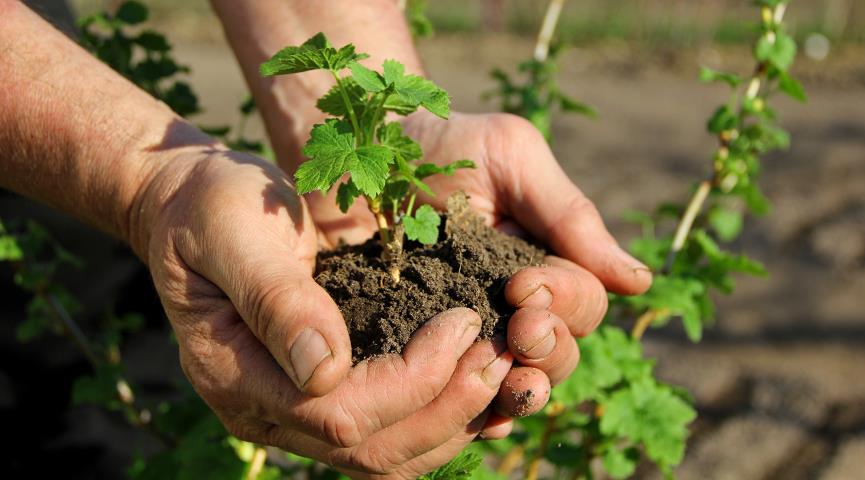
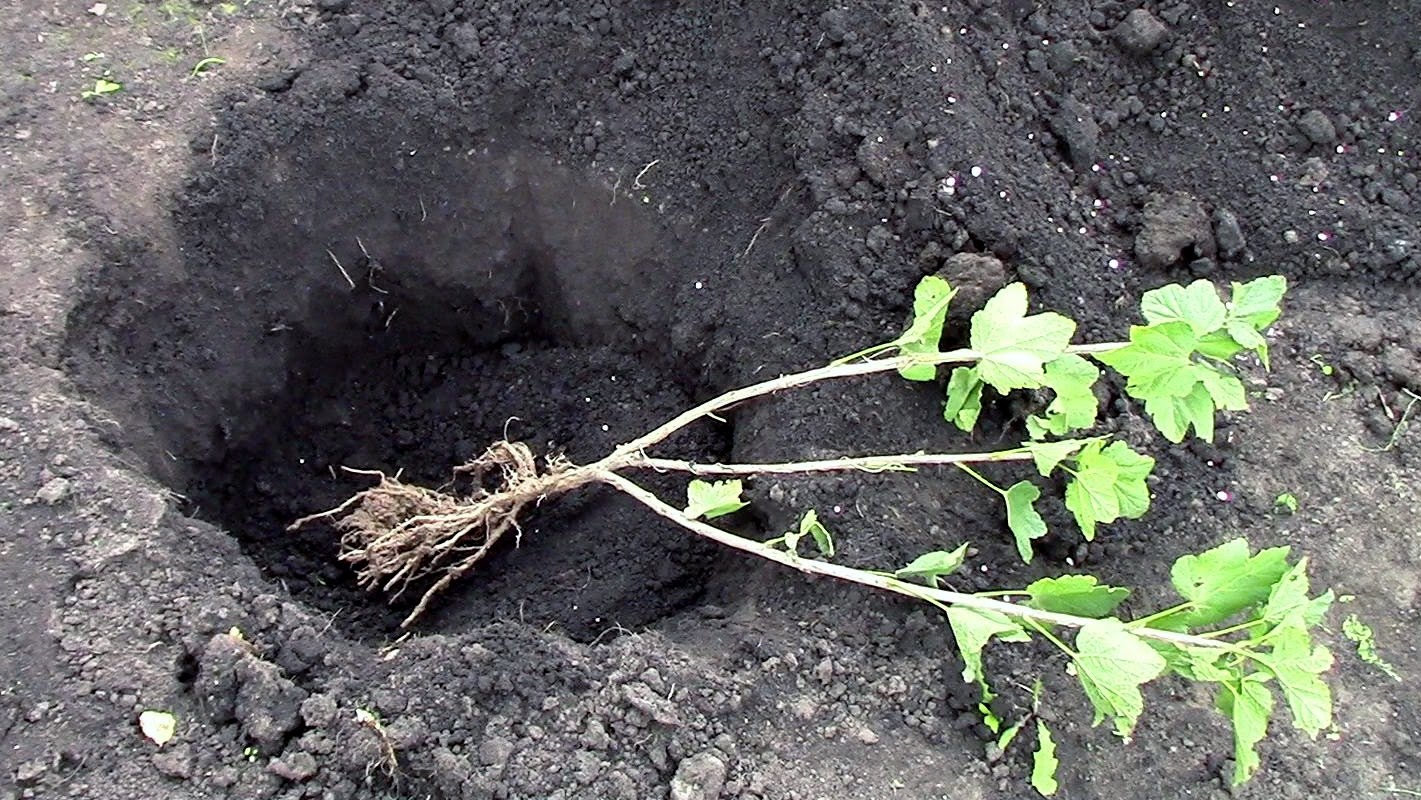
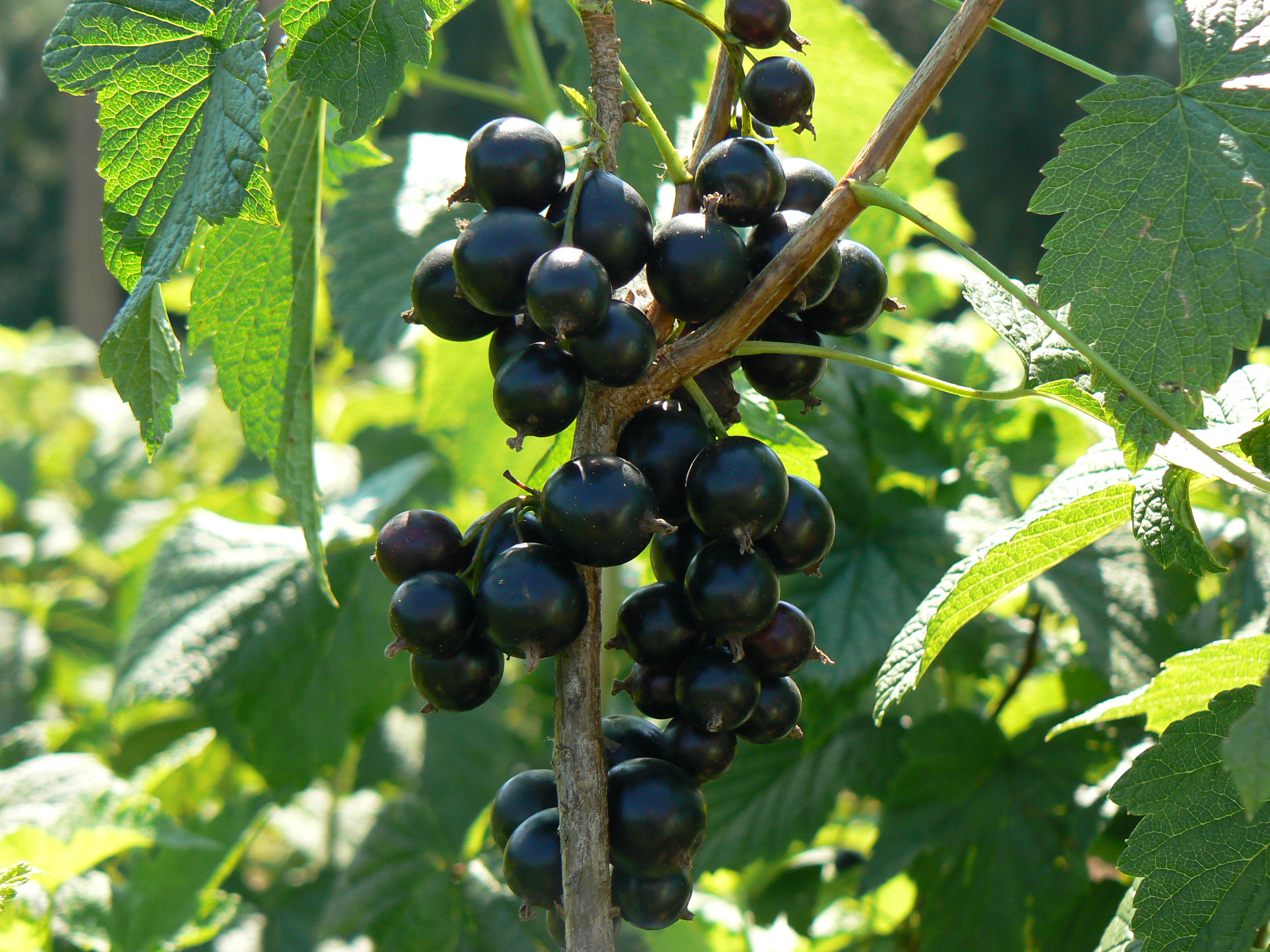 Blackcurrant: pruning in autumn, rejuvenation of the old bush, preparation for winter
Blackcurrant: pruning in autumn, rejuvenation of the old bush, preparation for winter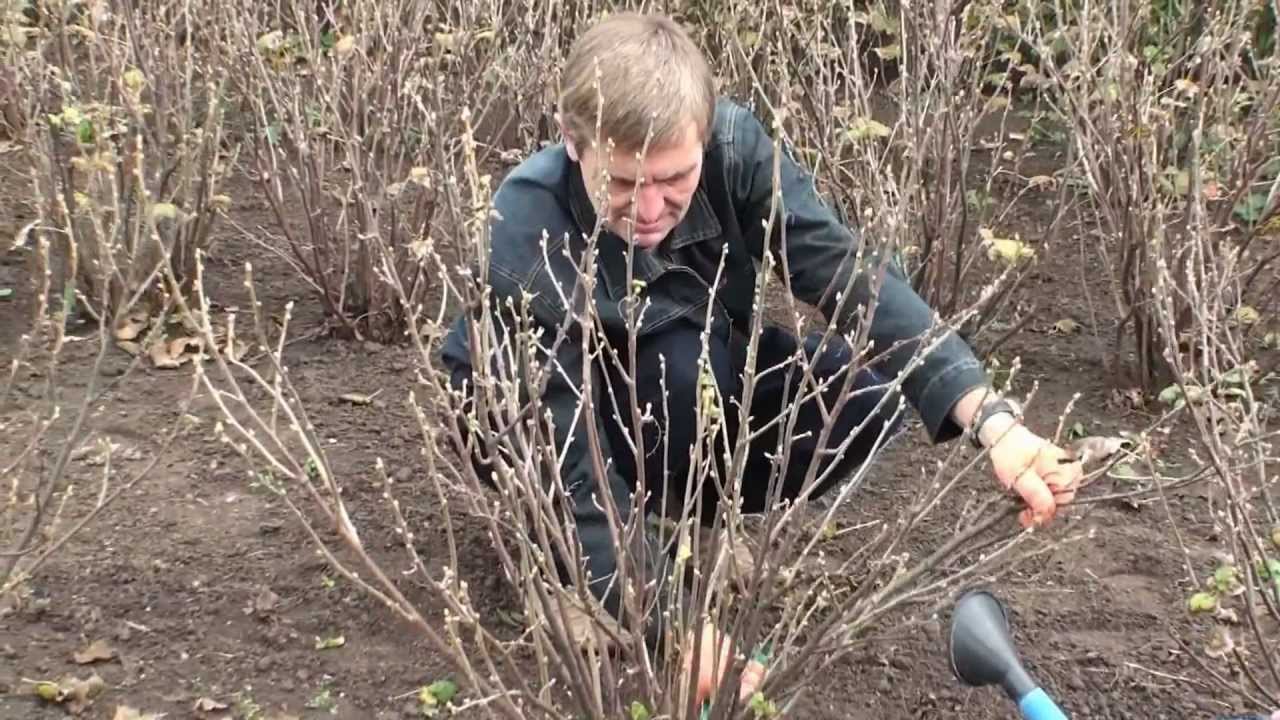 Autumn currant pruning scheme for beginners
Autumn currant pruning scheme for beginners Currant care in autumn and preparation of bushes for winter
Currant care in autumn and preparation of bushes for winter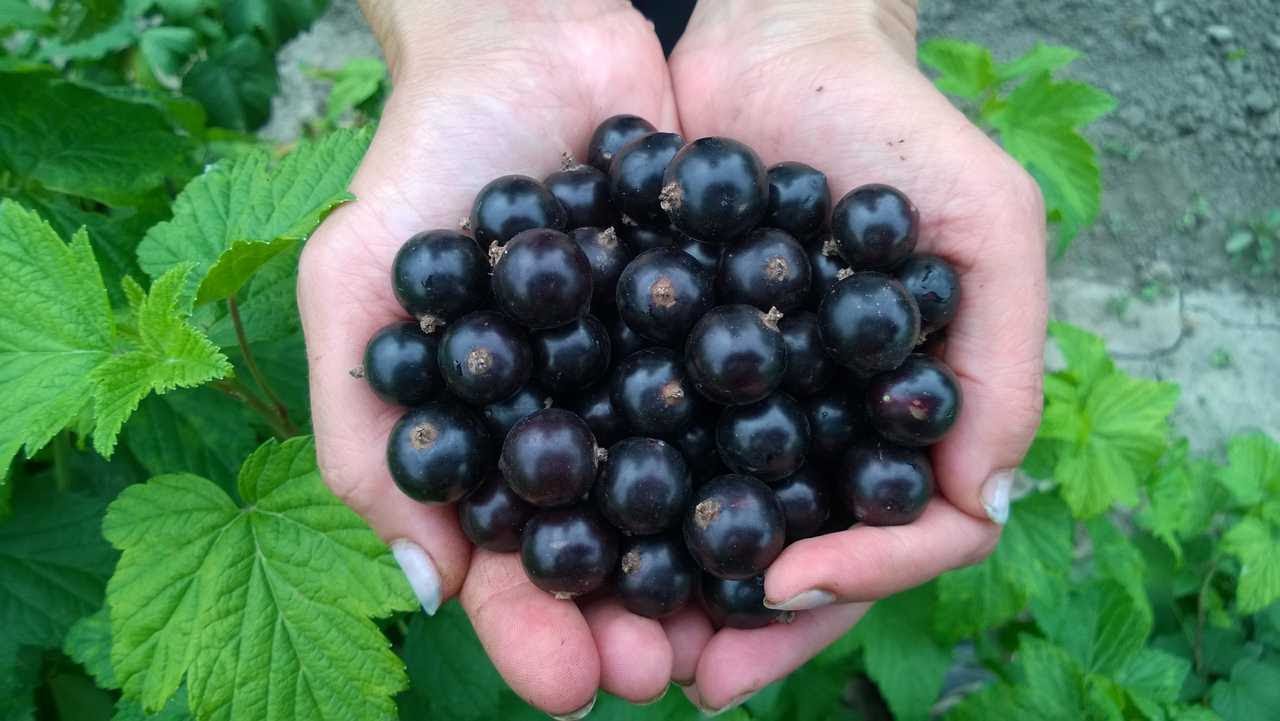 It's time to feed the currants - the best feeding
It's time to feed the currants - the best feeding